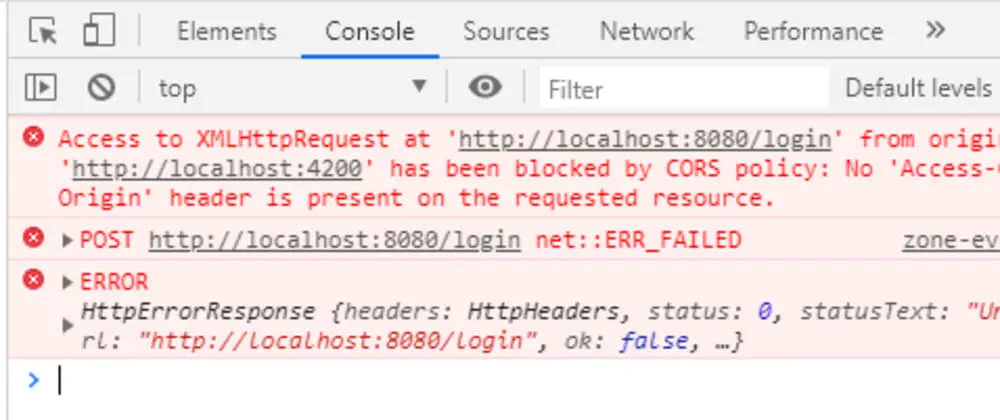During one of our lunch breaks at work, we got into a discussion about the Y2K bug. I was surprised to find out that some of my younger colleagues had never heard of it. I decided to write this article to share this critical moment in software development history.
At the dawn of the 21st century, an enormous problem loomed in the tech world. This issue was famously called the Year 2000 problem, or the Y2K bug
This event served as a significant lesson for all software developers, prompting a fundamental shift in how we approach design and testing.
The Y2K Problem:
The Y2K bug was "created" from a data storage decision made by programmers in the early days of computing. To save valuable memory space, dates were often represented only by the last two digits of the year. For example, 1990 was stored as '90'. This practice worked fine until we approached the year 2000. Under the two-digit system, the year '00' could be interpreted as 1900 rather than 2000, leading to potential software errors and system failures.
Now, let's try to simplify the issue with a small Python function:
# Hypothetical function to calculate person's age in 2000
def calculate_age(birth_year):
current_year = 2000
# if birth year is '85', it interprets it as 1985
# but if it is '00', it interprets it as 1900 instead of 2000
age = current_year - (1900 + birth_year)
return age
calculate_age is a function that calculates someone's age in the year 2000, based on their birth year. It takes the birth_year as an input, which is last two digits of the birth year.
The function assumes that if the last two digits of the birth year are '85', for example, it interprets it as the year 1985. However, if the last two digits of the birth year are '00', it interprets it as the year 1900, instead of 2000 which it should be.
Because of the misinterpretation of the year 2000 as 1900, this function would return incorrect results for people born after 1999.
This is a simplified example to illustrate the type of problems that can arise from the Y2K bug, where systems incorrectly interpreted two-digit year values.
And this issue was causing a lot of panic around the world. This was mainly because of the severe implications - Banking systems could miscalculate, utilities might fail, even air traffic control systems could display incorrect data. Therefore, A massive, coordinated effort was needed to check, and if necessary, correct every piece of software that used a date function.
The Fix:
Some of my younger colleagues were mistaken to think that this bug was a false alarm, because "nothing really happened". Well, that's incorrect.
Software engineers around the world were mobilized to mitigate the bug. Developers combed through millions of lines of code, looking for date-related functions to fix or upgrade. Many systems were switched from two-digit year formats to four-digit formats. In some cases, a temporary patch was applied - known as windowing - where a pivot year was established. If the system encountered a year below this pivot, it would interpret the date as belonging to the 21st century.
Let's take a look at the windowing solution in action:
def calculate_age(birth_year):
current_year = 2000
pivot_year = 50 # pivot year is set as '50'
if birth_year < pivot_year:
birth_year += 2000
else:
birth_year += 1900
age = current_year - birth_year
return age
The function calculate_age calculates a person's age in the year 2000, based on their birth year, which is inputted as the last two digits of the actual birth year.
The key here is the pivot_year, which is set to '50'. This is used as a point of reference to decide how the two-digit birth_year should be interpreted.
If the birth_year is less than the pivot_year (i.e., between '00' and '49'), the function assumes that the person was born in the 2000s. Therefore, it adds 2000 to the birth_year. On the other hand, if the birth_year is equal to or greater than the pivot_year (i.e., between '50' and '99'), the function assumes that the person was born in the 1900s. Therefore, it adds 1900 to the birth_year.
Finally, the age is calculated by subtracting the interpreted birth_year from the current_year (2000 in this case).
This technique, known as windowing, was commonly used to resolve (or more accurate, "workaround") the Y2K bug in many systems.
What about the "real" solution?
The Y2K bug was essentially a data representation problem. The true solution to this was to change the way dates were stored, moving from a two-digit representation to a full four-digit representation of the year. This is often called the "four-digit year expansion".
Not sure it required, but if we started with code examples, let's demonstrate here as well (although it's the simplest one):
# A function to calculate a person's age in 2000
def calculate_age(birth_year):
current_year = 2000
age = current_year - birth_year
return age
In this example, birth_year is expected to be a full four-digit year, such as 1980 or 2000. This change allows the program to understand the century in which the birth year occurred, which wasn't possible when years were represented with only two digits.
The switch to four-digit years was the most complete and future-proof solution to the Y2K bug, although it required significant time and resources to implement, as it often required updating a large amount of existing data and the programs that interacted with it. The need to complete this work before the arrival of the year 2000 led to a significant amount of pressure on technology organizations around the world.
Fortunately, thanks to the hard work of developers and a huge global effort, the world transitioned into the year 2000 with minimal issues. While there were a few minor glitches and system hiccups, the feared widespread failures and societal collapse didn't occur. The total cost of the Y2K fix is estimated to be over $300 billion, making it one of the most expensive software bugs in history.
The Y2K bug has left an indelible mark on the software development industry. It taught us the importance of forward-thinking in system design, the potential impact of seemingly minor decisions, and the need for deep testing procedures.




